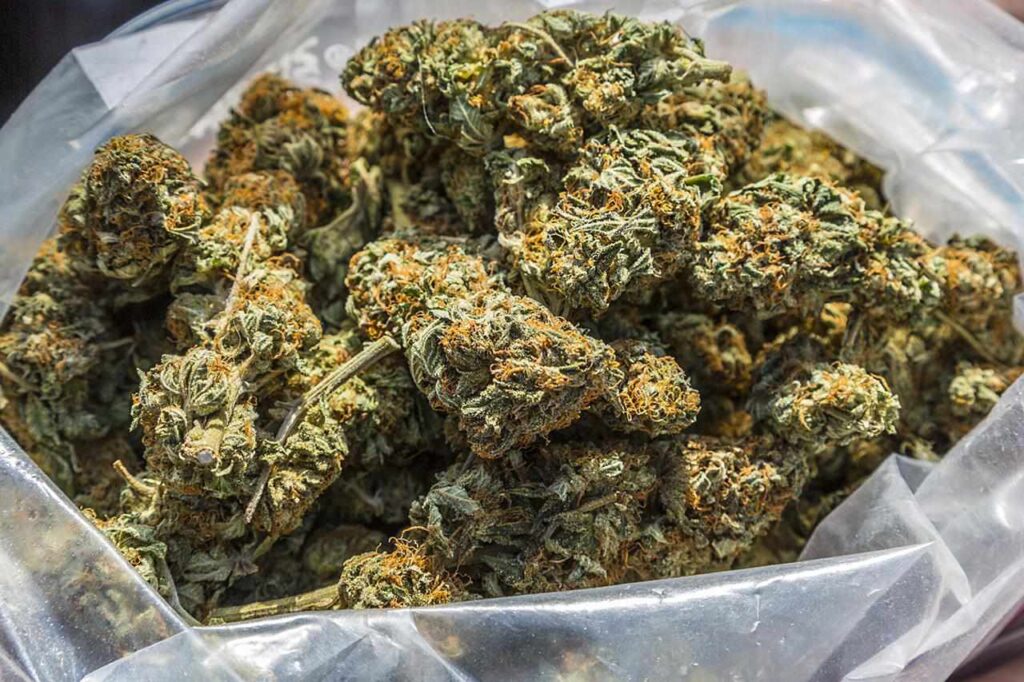Weed in Smila: Challenges, Impacts, and Management Strategies

Smila, a city in the Cherkasy Oblast of central Ukraine, is known for its agricultural landscape, rich history, and natural beauty. As a region with fertile soil, agriculture has long been a cornerstone of the local economy. However, like many rural communities, Smila is increasingly dealing with the challenge of managing weeds. While often overlooked, weeds can have a significant impact on agricultural productivity, the environment, and even public health. This article explores the role of weeds in Smila, the problems they cause, and the strategies being employed to control their spread.
The Agricultural Importance of Smila
Smila’s economy and way of life are deeply rooted in agriculture. The region is known for its grain production, including wheat, barley, and maize, as well as its fertile fields of vegetables and sunflowers. The rich soil and favorable climate conditions provide an ideal environment for farming, but these same factors also support the growth of weeds.
Weeds are any plants that grow in areas where they are not wanted, often competing with crops for water, nutrients, and sunlight. In Smila, common weeds like thistles, pigweed, bindweed, and dandelions pose a constant challenge to local farmers. These weeds are more than just an inconvenience—they can reduce crop yields, decrease the quality of harvested products, and make farming operations more difficult.
As Smila’s agricultural practices evolve, so too do the challenges associated with weed control. With the increase in monoculture farming, where one crop is grown in large quantities, the issue of weeds has become more pronounced. Monoculture farming creates a homogenous environment where weeds can thrive without much competition from other plant species. This makes it easier for invasive weeds to dominate fields, requiring extensive management efforts to prevent them from taking over.
The Economic Impact of Weeds
The economic impact of weeds in Smila is felt most acutely by local farmers. Weeds compete with crops for vital resources such as water, nutrients, and space, which can lead to reduced crop yields. For example, the spread of aggressive weeds like pigweed can outcompete cereal crops, leading to lower yields of wheat and barley. In turn, this can lead to financial losses for farmers who rely on high crop production to sustain their livelihoods.
In addition to reduced crop yields, weeds also increase the cost of farming. Farmers spend considerable time and money on weed control, whether through the application of herbicides or through manual labor such as weeding and tilling. Herbicide use is particularly common in Smila, as it provides a quick and efficient method for dealing with weeds. However, overreliance on herbicides can create long-term problems, such as herbicide resistance among weed species and environmental contamination.
Weeds also impact the quality of the crops that are produced. Certain weeds, like bindweed, can wrap around crops, causing them to become tangled and difficult to harvest. This reduces the quality of the final product and can lead to a decrease in market value. For farmers in Smila, these economic losses can add up, making weed management a key concern.
Environmental Consequences of Weeds
Weeds in Smila also pose significant environmental challenges. This can lead to a reduction in biodiversity, affecting local wildlife that rely on native plants for food and shelter.
Ragweed, for example, has become a widespread issue in Smila and other parts of Ukraine. It’s not just a problem for farmers, but also for residents, as its pollen is a major allergen. This allergy-related burden has become an increasingly serious public health issue.
Additionally, the spread of invasive weeds can negatively impact local waterways. Weeds like water hyacinth and duckweed can clog rivers, streams, and ponds, disrupting aquatic ecosystems.
Weed Management Practices in Smila
Addressing the issue of weeds in Smila requires a combination of traditional and modern management strategies. Farmers have long relied on techniques such as crop rotation, mulching, and tilling to keep weeds in check. Crop rotation, for instance, involves planting different crops in a field each season to disrupt the life cycles of weeds. This approach reduces the likelihood of weeds becoming established and helps maintain soil health.
The mulch blocks sunlight, which weeds need to germinate, and also helps retain soil moisture, making it beneficial for crops. However, over-tilling can lead to soil erosion, so it must be practiced with caution.
In addition to these traditional methods, the use of herbicides is widespread in Smila. To mitigate these risks, some farmers in Smila are turning to more sustainable approaches, such as integrated pest management (IPM).
IPM combines multiple strategies, including biological, mechanical, and chemical controls, to manage weeds in a way that minimizes environmental harm.
Community Efforts and Future Prospects
The issue of weed management in Smila is not just the responsibility of individual farmers; it’s a challenge that requires collective action.
There is also a growing interest in organic farming in Smila. Organic farming avoids the use of synthetic herbicides and pesticides, instead relying on natural methods to control pests and weeds. By adopting organic farming practices, Smila’s farmers can reduce their reliance on chemical inputs and contribute to a healthier environment.
Conclusion
However, through a combination of traditional practices, modern technologies, and community collaboration, Smila is working to address the weed problem.
You’re the best when it comes to marijuana products , always taking care of me. Definitely recommending you to my friends. Thanks for the quick delivery .Really happy with the product .As usual, it’s top-notch. Keep it up you. you can contact them on email Scenthub43@gmail.com and also there Telegram : https://t.me/Scenthub43
wow Thanks for the referral they have great service and got the best weed around. and the delivery is so smooth.

Thanks for always being reliable! I can always count on you for good product.
You’re the go-to in the area for a reason. Always a smooth experience